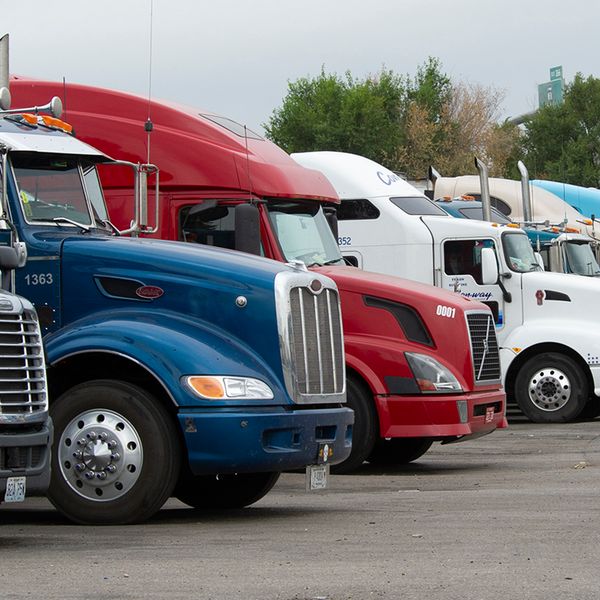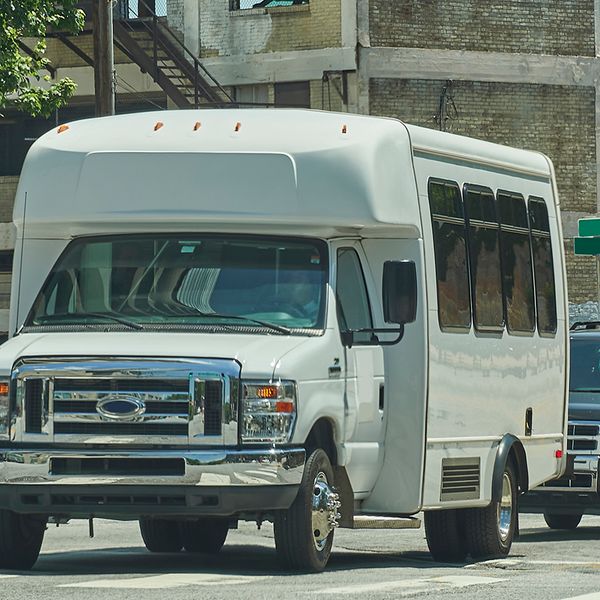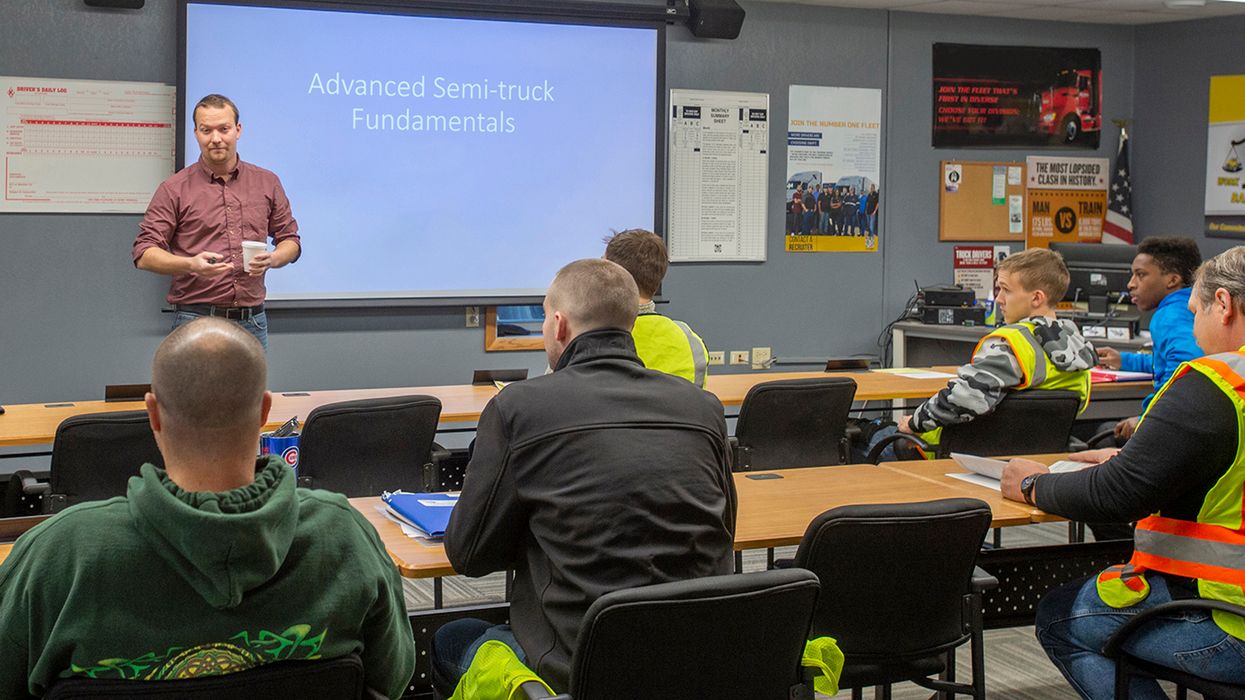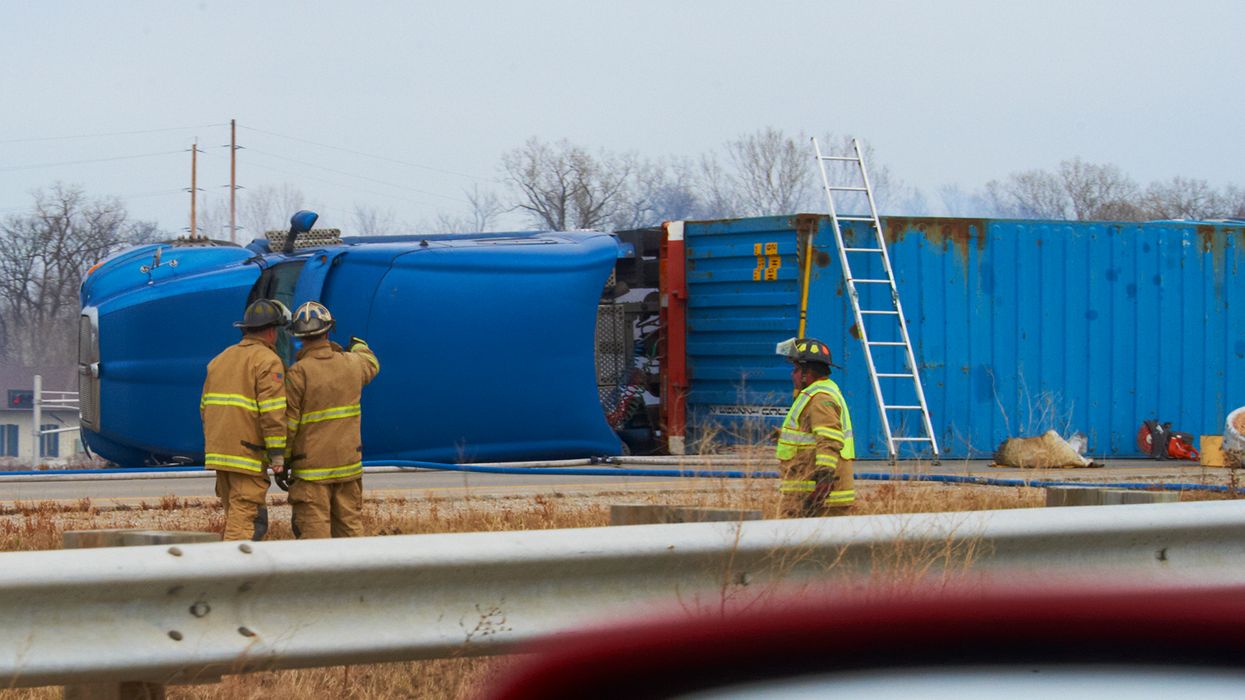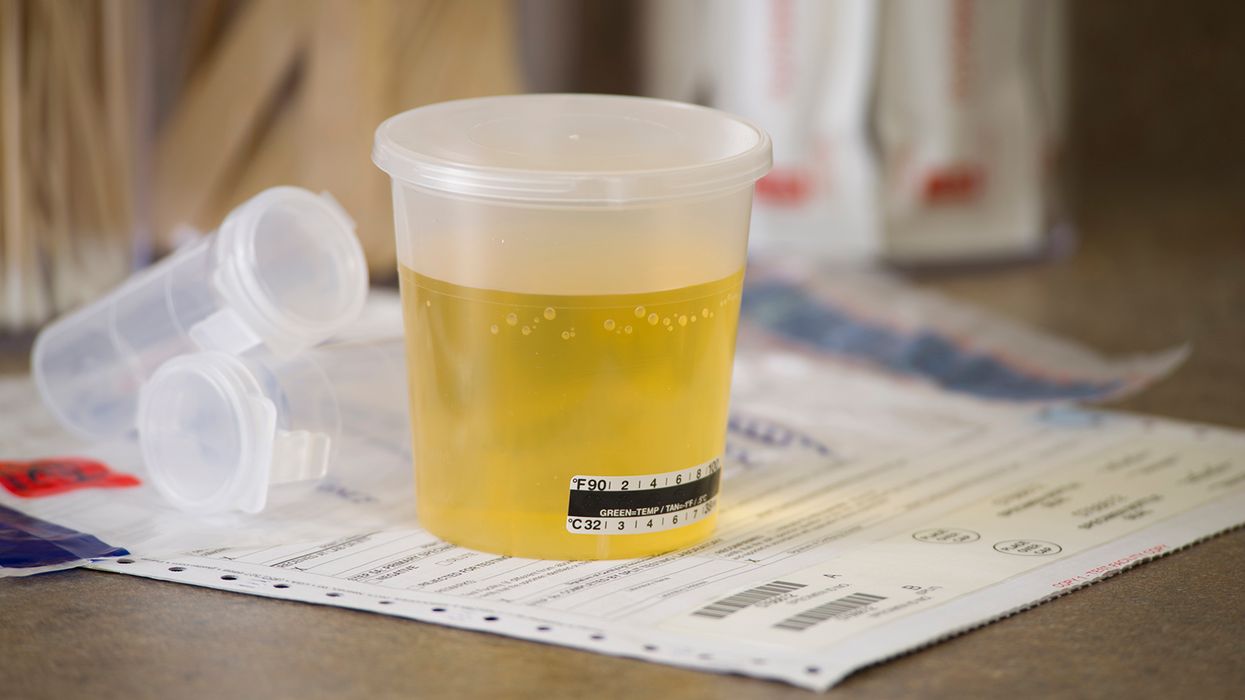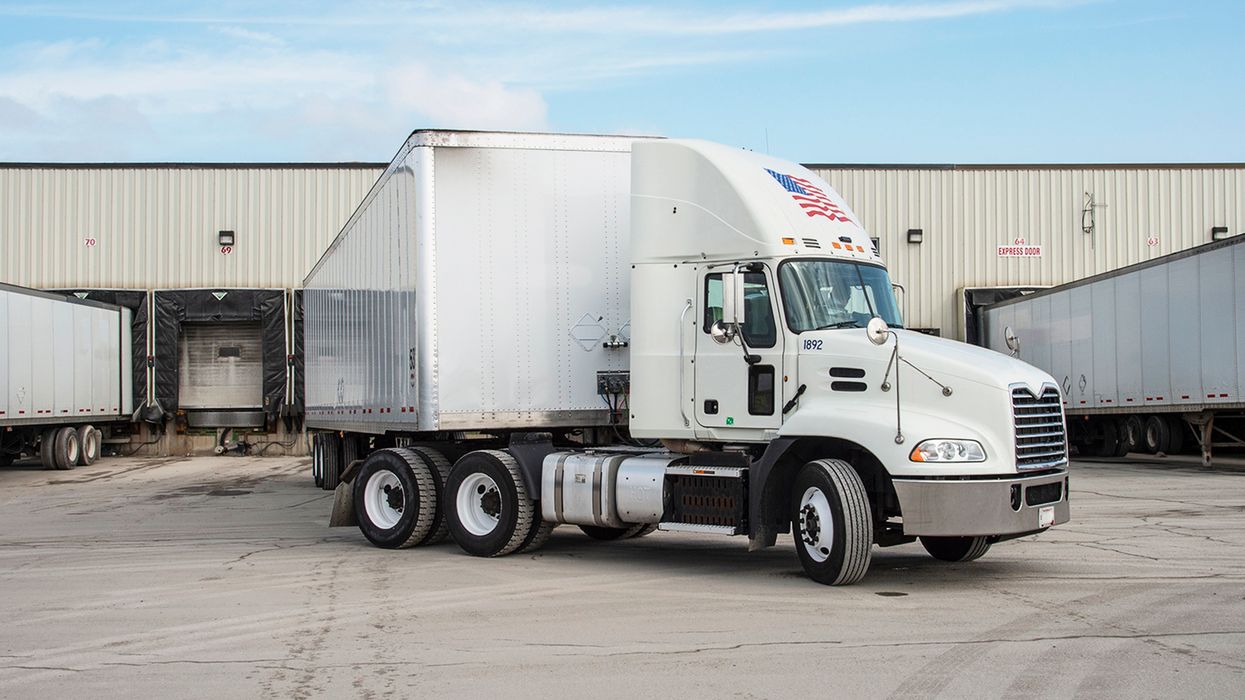Workplace vs. FMCSA: What is a safety-sensitive position?
A workplace safety definition for “safety-sensitive position” may lead some motor carriers to mistakenly put employees who don’t qualify in their DOT drug and alcohol testing program.
FMCSA: Clearly defined
The Federal Motor Carrier Safety Administration (FMCSA) clearly defines a safety-sensitive position.
It is one where the employee is expected to operate a commercial motor vehicle (CMV) requiring a commercial driver’s license (CDL). Only these drivers can be placed in the motor carrier’s DOT drug and alcohol testing program under 49 CFR Part 382.
As a result, a carrier would not classify a forklift operator, driver helper, and other positions as safety sensitive for purposes of testing under Part
What about non-CDL CMV drivers?
A driver who operates an FMCSA-regulated vehicle that does not require a CDL fits within the scope of workplace safety-sensitive duties, but not FMCSA.
For property-carrying vehicles, a non-CDL CMV is one that is:
- 10,001-26,000 pounds inclusive of a towed trailer, and
- Not transporting placardable quantities of hazmat.
For passenger carriers, a non-CDL CMV is designed to transport 9-15 passengers, including the driver, for compensation.
Even though the above vehicles and drivers are subject to the bulk of FMCSA’s safety regulations, the vehicles (and subsequently the drivers) do not qualify for CDL licensing or FMCSA testing.
If the driver happens to hold CDL, it still does not qualify as a safety-sensitive position. Applicability is always based on whether the employee is assigned to operate a CDL CMV.
Are non-CDL CMV drivers subject to any drug and alcohol prohibitions?
Non-CDL CMV drivers are prohibited from operating while impaired under 49 CFR 392.4 and 392.5, but there is no testing mechanism under DOT authority. Testing would be best practice (non-DOT) and managed under the workplace drug program.
Vague definition under OSHA
If a motor carrier mistakenly uses the workplace criteria for its DOT testing, the number and types of positions placed in the random pool far exceed commercial drivers.
For the general workforce, the term “safety sensitive” has been tossed around, but never clearly defined by OSHA (Occupational Safety and Health Administration). Many safety professionals tie the term to OSHA’s General Duty Clause (GDC), which requires that employers provide all workers with a safe and healthful workplace.
Specifically, the GDC requires employers to recognize hazards that cause or likely will cause death or serious physical harm. Any job title that is likely to cause death or serious harm to someone — including the employee, coworkers, or the general public — is usually put on a list of safety-sensitive positions.
The employer must look at each job’s hazards and decide if the position is classified by its organization as safety sensitive. Examples may include:
- Forklift drivers,
- Heavy machinery operators, and
- Crane operators.
Even someone who works as a roofer may be considered a safety-sensitive position because the employee could trip and fall from a high elevation, causing serious personal harm.
Key to remember: When assembling the list of names for your DOT testing program, only include those individuals who are expected to operate a CDL CMV.




